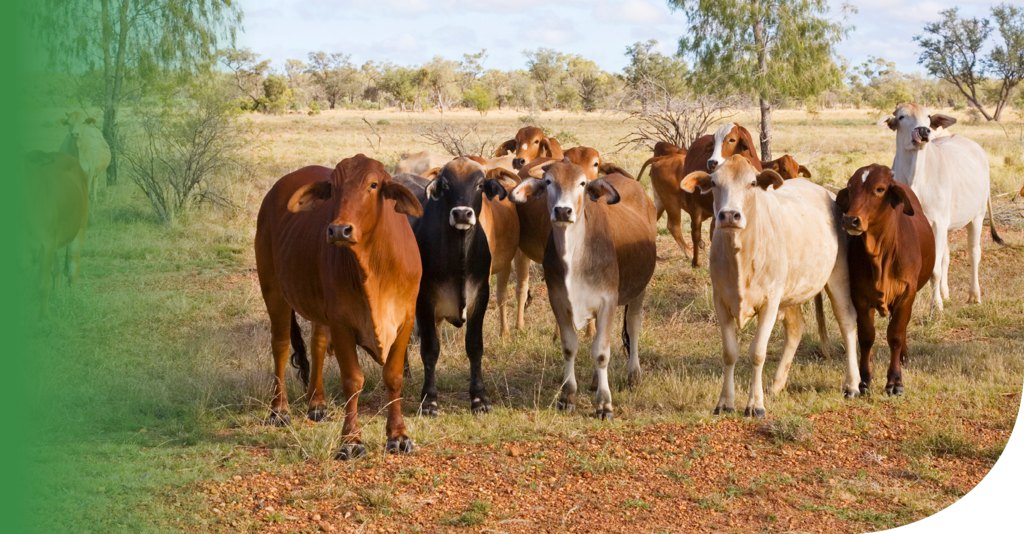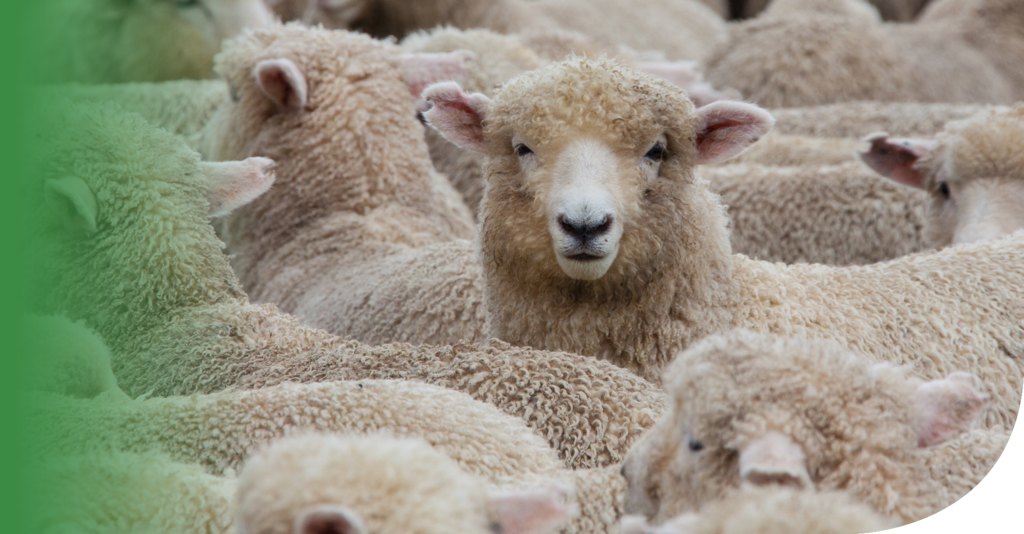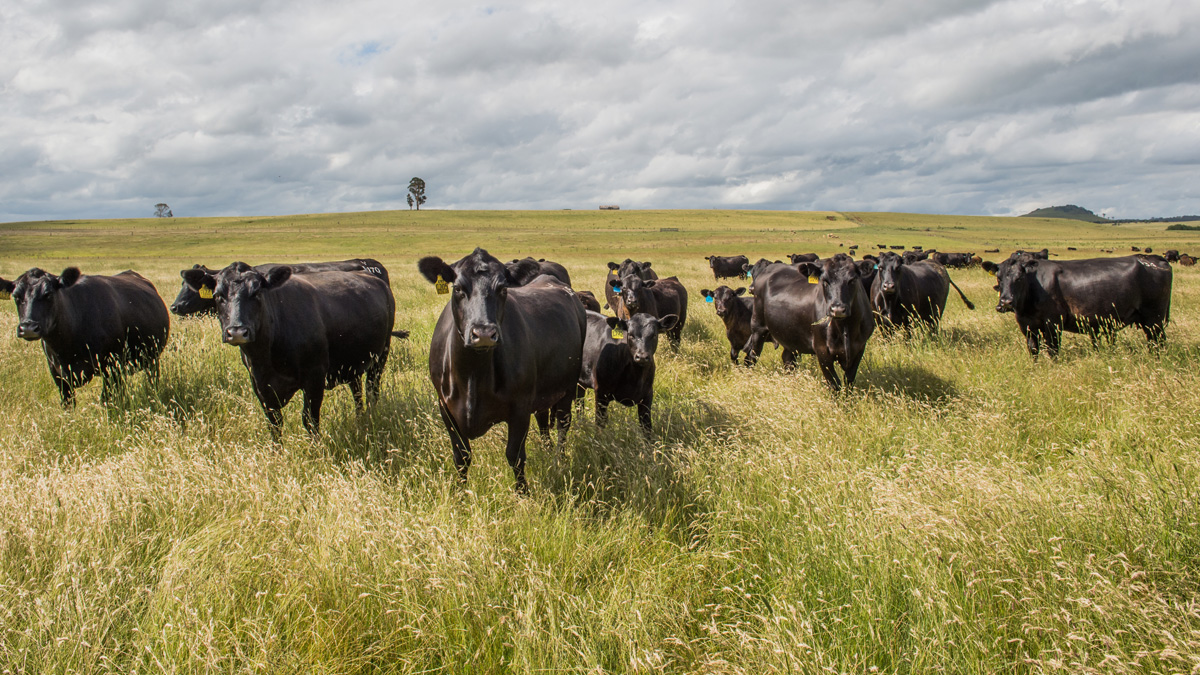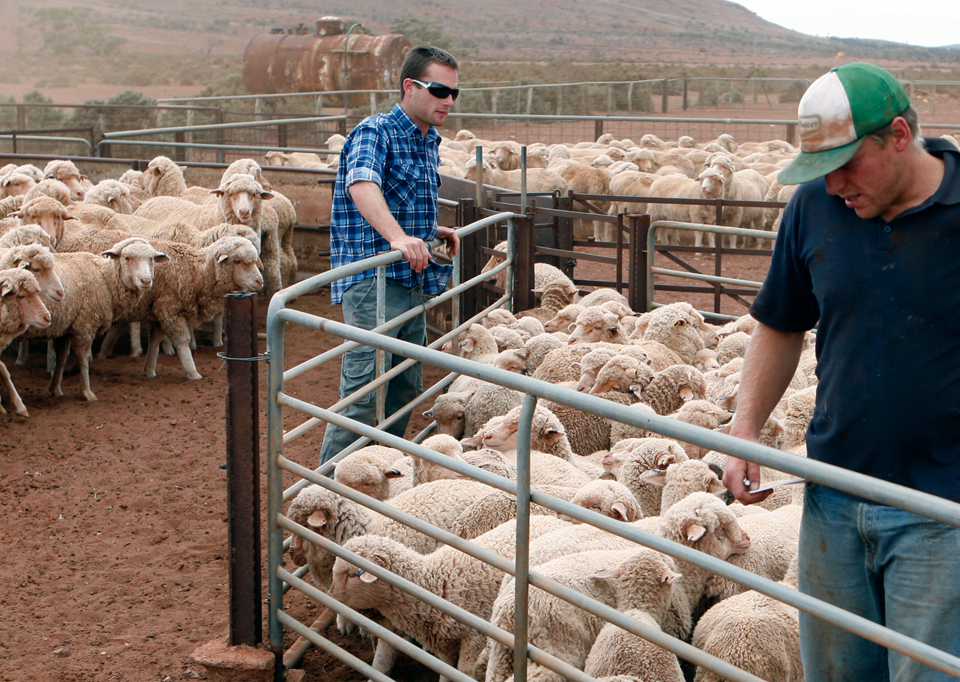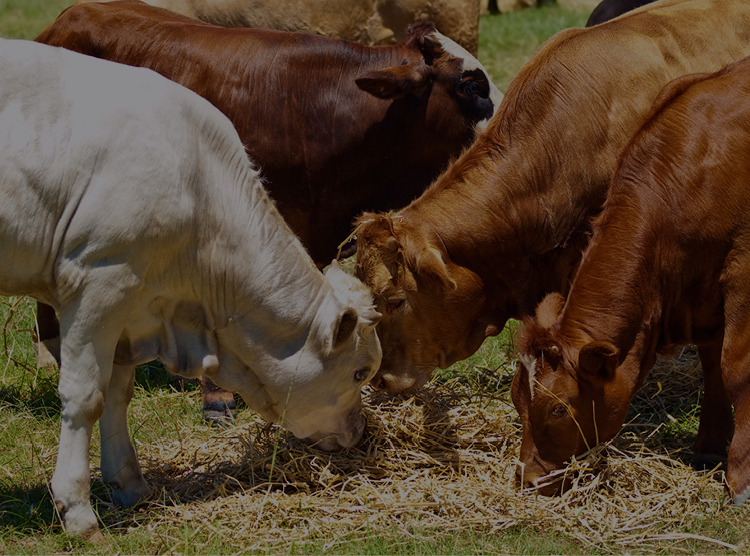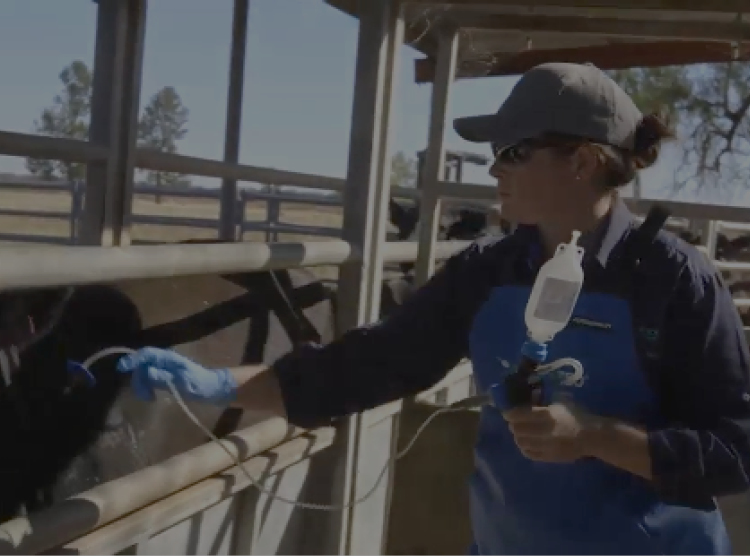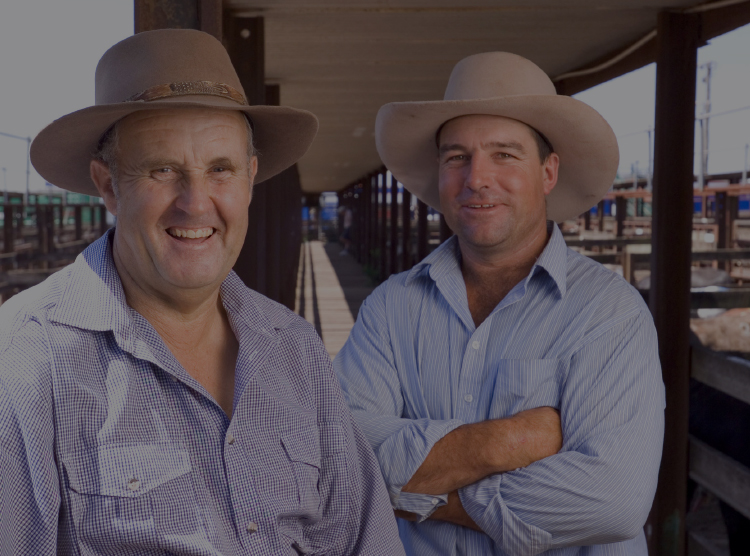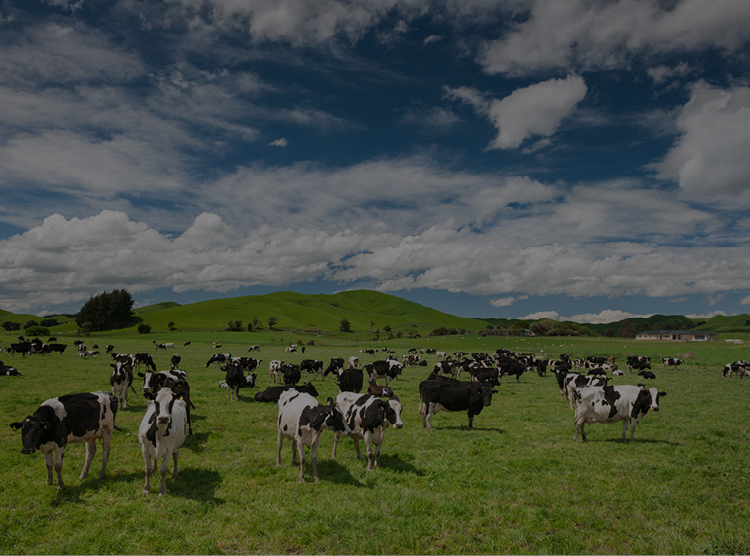Overview
The vast majority of the Australian beef herd is naturally mated. The extensive nature of many Australian beef and sheep operations has traditionally been responsible for this statistic. In contrast, the use of natural mating in the Australian dairy herd is rather low, with only 16% of herds using natural mating as their only reproduction management strategy [4].
The intensive nature of the Australian dairy herd and the rapid progression of genomic technologies has certainly contributed to the adoption of AI technologies. This industry has proven the benefits of AI over natural mating, as herds that use AI, generally produce over 1000 L more milk per cow per year than herds that do not [5].
Advantages vs Disadvantages
The major advantage of choosing to use natural mating in a cattle herd is the reduction of labour and ease of just placing a bull in with the nominated group of cows or heifers. Some farms/stations do not have adequate resources, such as facilities or staff, to be able to effectively implement artificial reproduction programs and so natural mating becomes a logical choice.
If a breeder is interested in increasing the genetics of their herd, it is often not cost-effective to use only naturally mated sires. There is a variety of reasons for this:
-
A sire can only physically mate with a small number of cows per year, generating a small number of calves per year. If a breeder would like high-quality genetics, these sires are usually expensive to purchase, making the cost per calf born usually high. In larger herds, some breeders will purchase this sire, and collect semen from him to use in AI, ET or IVF programs to maximise his potential.
-
When only using natural mating, most breeders will retain the sires in their herd for multiple years. This limits genetic progress, as new sires with increasing genetic potential are not used. If you only have a small herd, and you have invested in a new high genetic merit sire, he will soon become superseded as his progeny will be at joining age creating inbreeding issues.
In most herds, dairy or beef, natural sires are required even if some level of assisted reproduction programs are being used. Natural sires can be eliminated, but this usually requires a high level of management with assisted reproductive protocols. Many herds are choosing to breed their own sires for their natural mating requirements. Breeders may choose to select a nucleus of females and use intensive AI, ET or IVF programs and breed a sire. These sires are then able to be used in the other portion of their herd.
Best practice natural mating
There is a large variety in management systems in the Australian beef and dairy herds and hence, consultation with your veterinarian or expert will ensure that a tailored program will ensure that you are maximising profits in your herd. Failure to get your females in calf has significant ramifications on revenue in any livestock enterprises. There are a couple of key tips that can ensure you can maximise optimal results:
-
Always ensure your sire/s have passed a veterinary bull breeding soundness examination (VBBSE) by an ACV accredited veterinarian. Including a sperm morphology as part of the exam is highly recommended. Many producers see this as only providing value at the point of sale. However, pre-mating testing of herd sires can significantly reduce the incidence of bull failure, ensuring that your profits are protected. See BULLCHECKTM for more information.
-
Consider any diseases that can cause reproductive loss. Consult your veterinarian about the risks in your herd and region. Implement a vaccination and control program for those that are identified as being a risk.
-
Pregnancy diagnose after your nominated breeding period using an ACV accredited veterinarian. The PREgCHECKTM scheme ensures that you are selecting quality veterinarians to monitor the fertility of your herd. Request foetal aging and keep records on your cows. You will be able to track the fertility of your herd and problem solve when issues may arise.
-
Avoid all year round mating. Join females over a defined, short as possible period. Keeping your herd in a tight calving pattern will ensure that your fertile cows remain in your herd and sub-fertile cows can be culled. If you are limited to all year round mating due to your management system, ensure you implement a rigorous pregnancy diagnosis scheme and/or consider segregating cows into calving groups to ensure that cows are calving each year.
When calving patterns are not ideal for the breeding season, or cows are not cycling soon after they have calved, synchronisation can be used as a solution. The use of a Cue-Mate® device can stimulate cows to commence cycling, and synchronise them to cycle over a defined short period. Breeders will use this as a strategy to improving their calving in their natural mating system. Consultation with a veterinarian or an expert, can advise how this may work in your system.
What you need to know when moving beyond natural mating
Artificial reproduction programs can be a solution to improve your reproduction efficiency in your herd. However, if there are fundamental management or husbandry aspects that can be improved in your herd, consider fixing these before engaging in AI, ET or IVF.
If you feel that you have the basics established, engaging in artificial reproduction may be an advisable choice. First, consider what are your objectives? Is it to increase the fertility of your herd, increase genetic gain, add unique genetics to your herd? or all of the above. Understand where you want your herd to be in 5 to 10 years is a good way of choosing which steps to take. Keep the information you gather simple, easy to implement and logical.
Consider whether your resources are sufficient. Basic handling facilities are required, usually with a safe crush that has a roof. Generally holding paddocks that can be mustered within an hour are useful when running artificial reproduction programs.
Products that can be used
